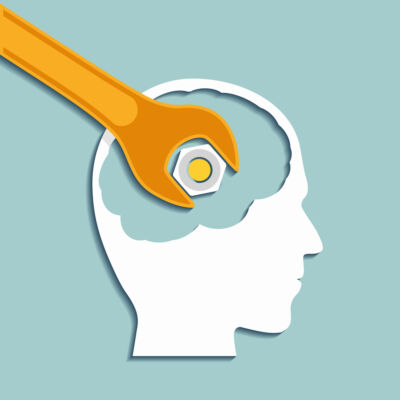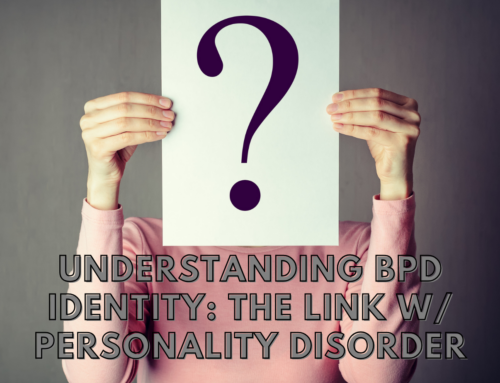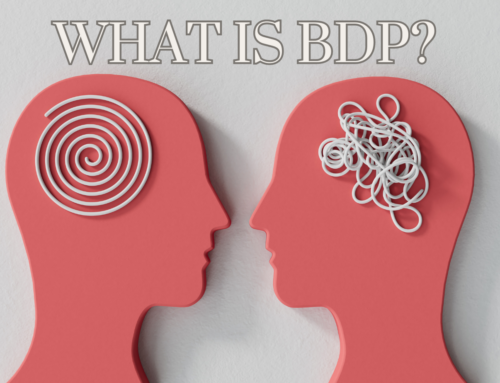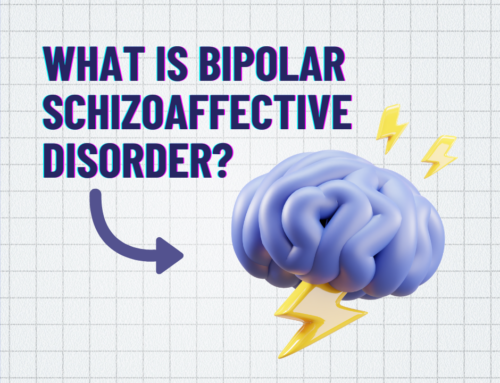Discussing mental health issues such as mood and personality disorders can feel confusing, especially regarding many “advanced terms” that describe psychiatric problems. Try googling a mood disorder, and it’s a kitchen sink of issues, potential ailments and remedies. Often, the similarities between certain disorders, assuming many mental health conditions fall under a single category, make you think you may have something you may not.
It’s important to know the differences between these mental disorders, to not only destigmatize the subject and help those struggling put a name — but for potential treatment — to what they’re experiencing.
Mood disorders and personality disorders are often misunderstood mental health conditions. While they may seem similar at first glance, each has distinguishing characteristics. Knowing these differences can bring hope to those struggling with these mental illnesses and a better understanding of the world.
What Is a Mood Disorder?
According to MedlinePlus by the National Institutes of Health, a mood disorder affects your day-to-day emotional state regardless of circumstances. Your moods can change quickly, impacting your ability to function and live. Types of mood disorders include:
- Bipolar disorder
- Depressive disorders, including major depressive disorder
- Cyclothymic disorder
- Seasonal affective disorder
- Substance-induced mood disorders
Common symptoms of mood disorders include persistent feelings of sadness and sleep disturbances, in addition to:
- Manic episodes
- Problems focusing
- Impulsive behavior
- Irritability
- Feeling on edge
- Weight changes
- Changes in energy
- Intense emotional highs and lows
What Are Common Mood Disorder Treatment Options?
Treatment options for mood disorders usually include a combination of medication and psychotherapy. Antidepressants, antipsychotics and mood stabilizers are the most common medications for individuals with mood disorders.
Psychotherapy sessions are recommended while taking prescribed medicine to help the person work through underlying issues or behaviors. These sessions typically include cognitive behavioral therapy (CBT), which helps patients replace harmful thoughts and behaviors with more positive ones and learn effective ways to cope with mood symptoms.

What Is a Personality Disorder?
MedlinePlus defines personality disorders as “a group of mental illnesses (that) involve long-term patterns of thoughts and behaviors that are unhealthy and inflexible.” Those with personality disorders often have problems with interpersonal relationships due to an inability to relate to others and situations. Having a personality disorder means you may struggle with two or more of the following:
- Emotional responses
- Relating to others
- Self-perception and perception of others
- Impulse and behavior control
These personality disorders often significantly affect a person’s emotional state and severely affect how they interact with those around them, including family, friends, strangers, employers and colleagues. These negative interactions can affect relationships and lead to intense depressive episodes.
Common types of personality disorders include:
- Borderline personality disorder
- Avoidant personality disorder
- Obsessive-compulsive personality disorder
- Dependent personality disorder
The symptoms, and thus the diagnosis, of personality disorders, vary. That said, many of these disorders share symptoms, some of which may include the following:
- Fragile or unclear self-image
- Rapidly changing moods, ranging from extreme happiness to major depressive episodes
- Harmful behaviors and impulse control issues
- Suicidal ideation or self-harm
- Fits of rage
- Fear of abandonment
- Unstable personal relationships
What Are Common Personality Disorder Treatment Options?
Personality disorders are typically treated with psychotherapy. Types of psychotherapy include CBT, dialectical behavior therapy, group therapy, and psychoeducation. Medication can be used, but no specific medications exist.
Key Difference Between Personality Disorders and Mood Swings
The defining difference between mood and personality disorders is that while mood disorders have to do with feelings and emotional patterns, personality disorders deal with the way a person interacts and relates to other people.
Determining an underlying personality or mood issue means understanding the differences between behaviors affecting a person’s overall mental health. Diagnosis depends on several criteria, including life events and environmental factors that may have brought about symptoms, which symptoms appear most often and how those symptoms impact someone’s mood or disrupt relationships.
If You or a Loved One Has Borderline Personality Disorder, Alta Loma Can Help
Confusing mental health terms is understandable, given the vast amount of information within the field. However, learning the differences between various disorders and treatments can help more people find healing. Personality disorders and mood disorders are often confused with each other, but they have defined characteristics that separate them. Knowing these differences can help you better deal with your struggle and evaluate treatment options. At Alta Loma, we understand that people are more than their symptoms. To start healing today, contact Alta Loma Transformational Services at (866) 457-3843.



